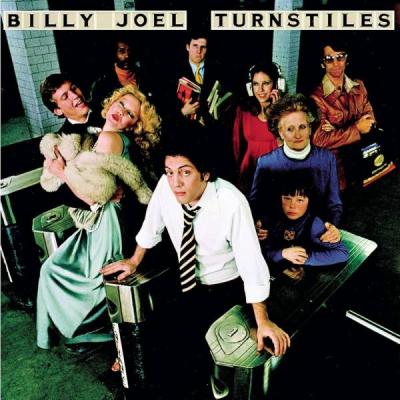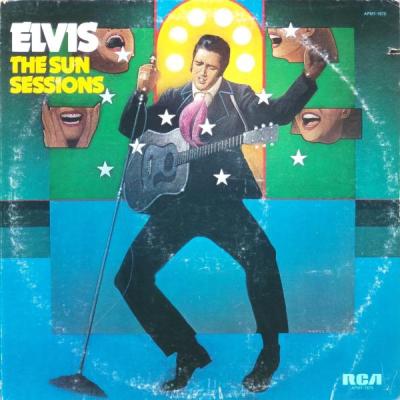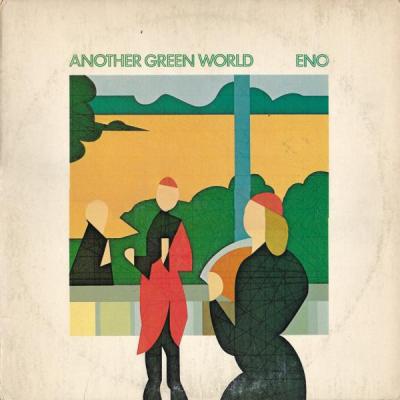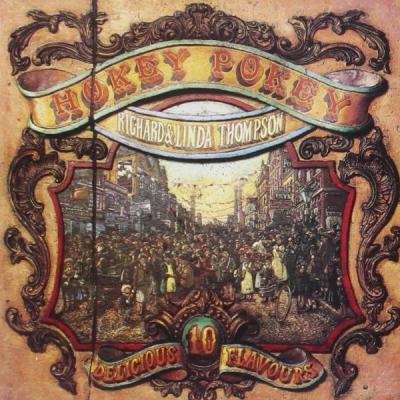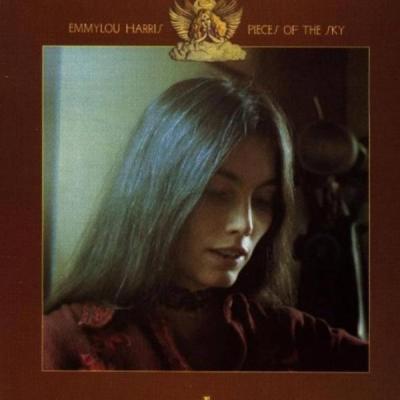


Fleetwood Mac: Then Play On
Album #119 - November 1969
Episode date - July 25, 2018
I want to write all of this down before I forget, because there are very few discographies that confuse me more than early Fleetwood Mac.
I spent weeks trying to solve this puzzle, and now that I have it more or less sussed, I want to put it on paper because I will never be able to commit this jumbled mess to memory. Things started simple, with their debut blues-centric album, “Peter Green’s Fleetwood Mac.” It was an excellent example of late ‘60s British blues, but had no hits and relied a bit too heavily on Elmore James for inspiration and material.
“Mr. Wonderful” followed (not released in America), a collection not far afield from the first album and also with no radio-friendly hit, but the Elmore James-style blues numbers now verged on mimicry. At this point, things get complicated. A ‘companion’ album to “Mr. Wonderful” appeared as their second album in the States, with a similarly weird/funny cover and title, except now the gender was swapped to “English Rose.” It contained about half of the songs on its counterpart and some filler as well, but added the singles “Black Magic Woman” and “Albatross”, making it significantly more appealing than its relative.
Then comes the monkey wrench. In England, a third album was concocted from bits of America’s “English Rose” release, then rounded out with ‘A’ and ‘B’-sides from non-album singles. It was titled “Pious Bird of Good Omen”, perhaps their most obscure release to date, but compelling due mostly to the inclusion of their seminal cover of Little Willie John’s “I Need Your Love So Bad.” Unfortunately, much of the balance again relies too heavily on Elmore James.
Just before the decade ended, the band released “Then Play On” in late 1969. It was their first ‘new’ album with Danny Kirwin, and their last with founder Peter Green. Jeremy Spencer, the guitarist most responsible for the Elmore James obsession, has a significantly reduced role here. In one sense, “Then Play On” watered down the strong blues influence that was the band’s primary strength, but it also broadened their artistic reach. What’s a fella to do when choosing which album to best represent this crucial era of Fleetwood Mac’s career?
Eeenie-meenie-minie…heck, I’m choosing “Then Play On,” if for no other reason than because it dispenses with Elmore James and consists entirely of original material. Kirwin provides some variety, while Peter Green hits a career peak here as a songwriter/performer. The album is simultaneously moody and playful, with Green’s two-part composition “Oh Well” working as the album’s centerpiece. But, wait a minute. “Oh Well didn’t figure into the original released version of the album. It wasn’t until the song gained traction on America’s FM radio stations that it was cut into place, knocking out two Danny Kirwin songs in the process. Since then, and into the CD era, the album tracking has been relentlessly and mercilessly revised. So, what can we do about that? You must be careful, because multiple re- (re?)releases of this album make it just as confusing as the mess that preceded it. Seemingly, no early Fleetwood Mac album is free of this plaguing confusion.
People who are only familiar with the California-variety Fleetwood Mac of the mid-seventies will be surprised, and perhaps appalled, to hear that the band was once a full-bore blues act with no overt feminine input, excepting the sure touch of Christine Perfect’s keyboard. The future Ms. McVie would eventually become a primary songwriter in that later edition of the band, but her role here is solely supportive. Unfortunately, Peter Green began to suffer from mental instability at this point in time and would fade out of the music scene entirely. His absence was a great loss to the band and to music in general, but the band continued on a path of discovery, eventually leading to superstardom.
November 1969 – Billboard Charted #109
Related Shows
- 1 of 19
- ››



